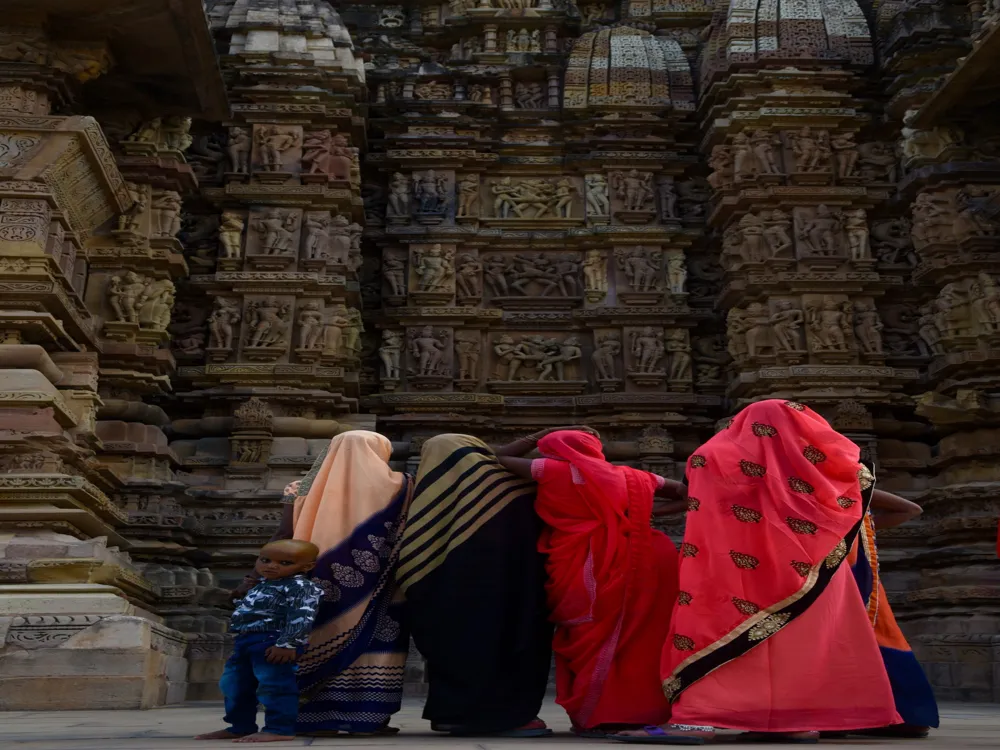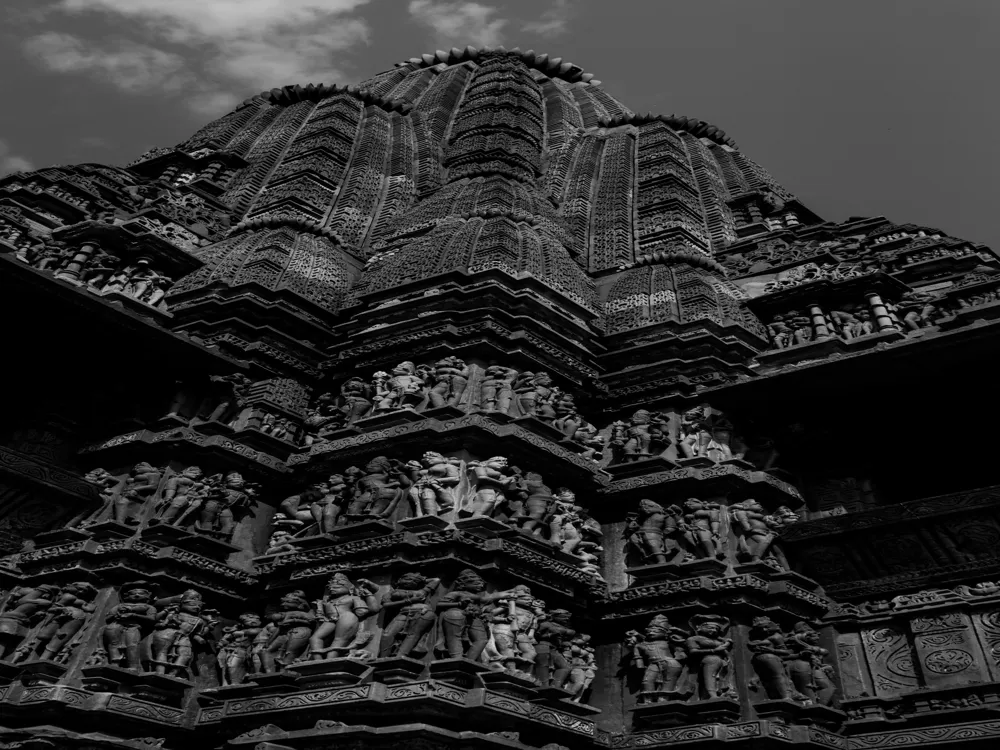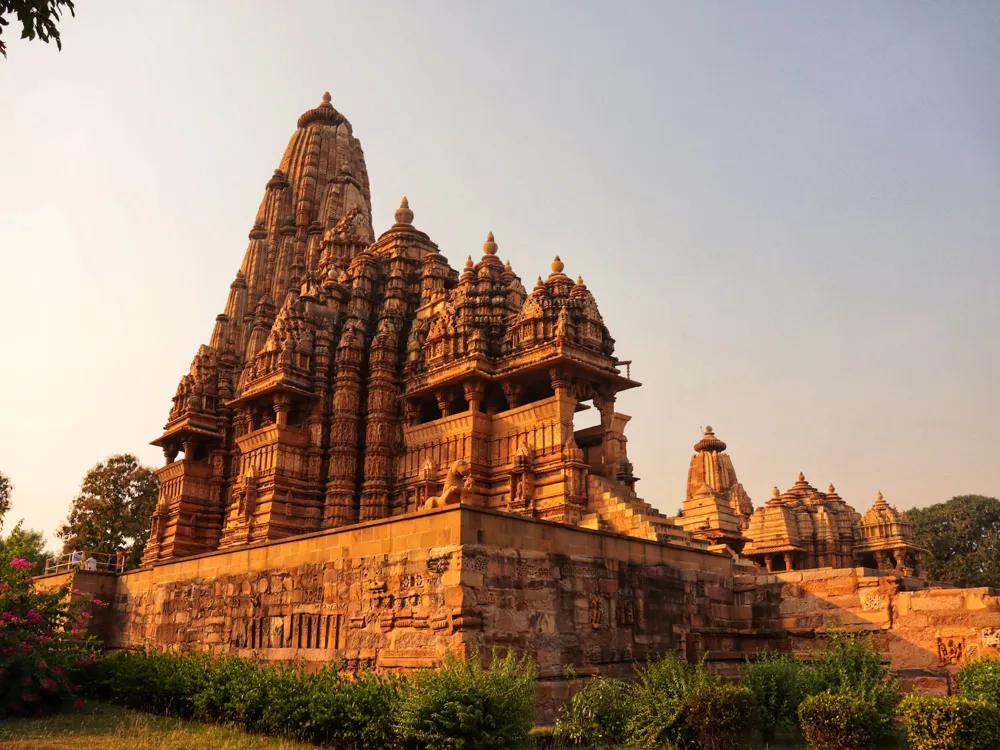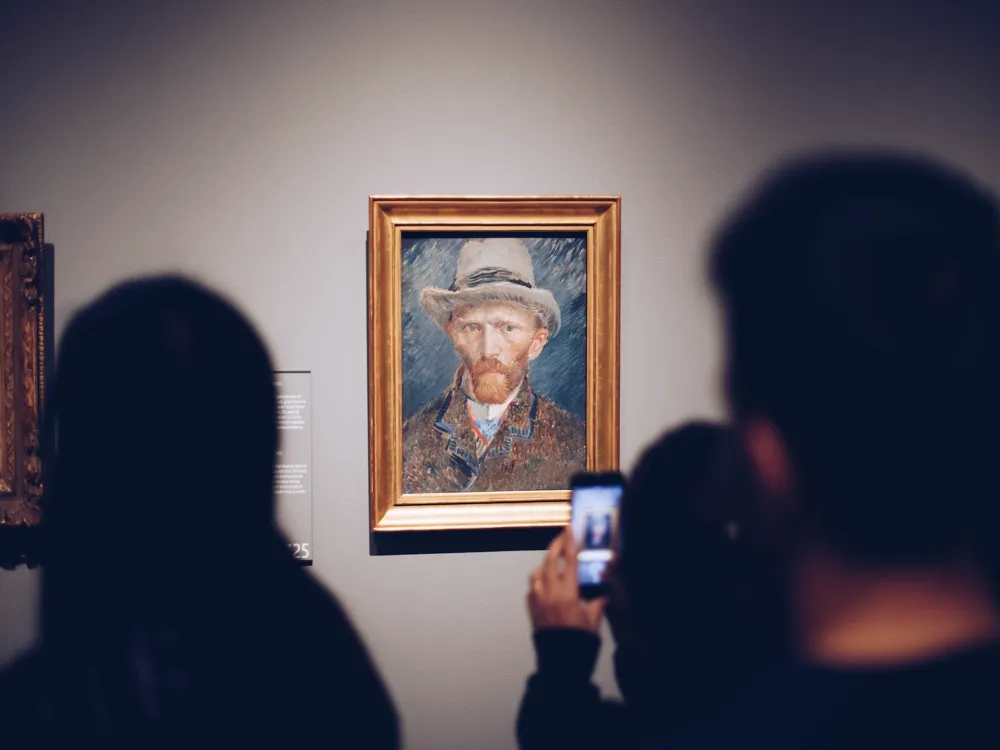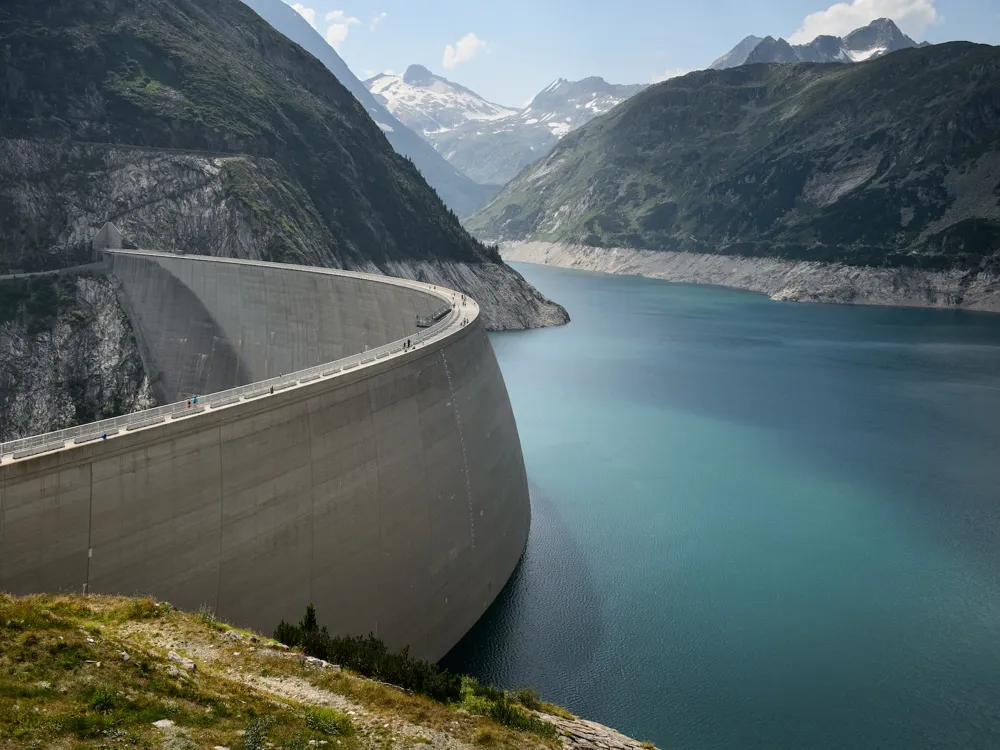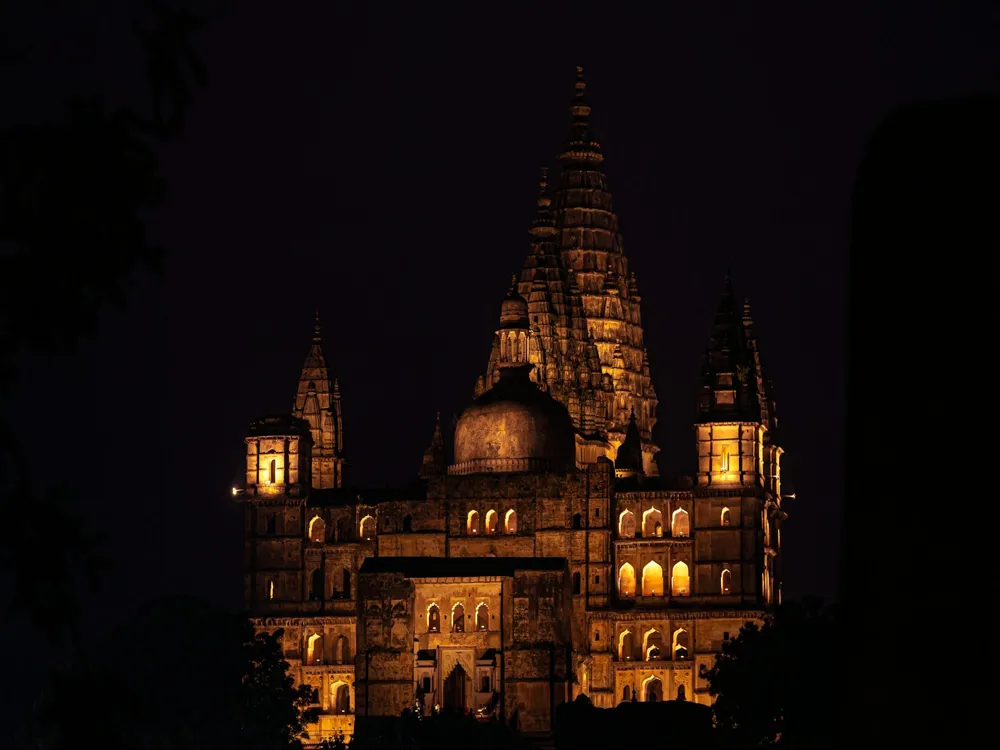Best Time to Visit Khajuraho
Madhya Pradesh India
1 out of 27 Places to visit in Madhya PradeshNaN onwards View Packages
Get Customized PackagesThe Land of Diversity
Top Hotel Collections

Private Pool

Luxury Hotels

5-Star Hotels

Pet Friendly
What is the Best Time to Visit Khajuraho?
Khajuraho, a city in the heart of India, is a treasure trove of ancient temples, each a masterpiece of architecture and sculpture. Planning a visit to this UNESCO World Heritage Site requires careful consideration of the time of year to ensure an optimal experience. Let's delve into the nuances of the best time to visit Khajuraho.
More about Best Time to Travel to Khajuraho
Travel Peak Season in Khajuraho
Khajuraho experiences its peak season from October to March. During this period, the weather is pleasant, with temperatures ranging from 25°C to 10°C, making it ideal for exploring the exquisite temples. The cool breeze and clear skies create a captivating atmosphere, enhancing the overall visitor experience.The peak season coincides with various festivals, including the Khajuraho Dance Festival held in February. This cultural extravaganza showcases classical dance forms against the backdrop of the stunning temples, adding an extra layer of charm to your visit. Ensure to book your accommodations well in advance during this bustling time.
Travel Offseason in Khajuraho
While the peak season has its allure, exploring Khajuraho during the offseason can be a unique and rewarding experience.
Khajuraho Travel Packages
View All Packages For Khajuraho
Khajuraho in Shoulder Season
The shoulder seasons, spanning from April to June and September, offer a different perspective of Khajuraho. The weather in April and June can be warm, but the temples are less crowded, allowing for a more intimate encounter with the ancient architecture. In September, the onset of the monsoon brings a refreshing change to the landscape, transforming the surroundings into a lush green paradise.
Khajuraho in Hot Season
The hot season, from April to June, witnesses higher temperatures ranging from 35°C to 45°C. While it may not be the most comfortable time to visit, it provides a unique opportunity for travelers seeking solitude. Early mornings and late evenings are more bearable for exploration during this period.
Khajuraho in Rainy Season
The rainy season, from July to August, brings a vibrant burst of life to Khajuraho. The temples glisten in the rain, and the surrounding foliage comes alive with verdant hues. Travelers willing to embrace the monsoon magic can witness a different facet of Khajuraho, with fewer tourists to contend with.
Khajuraho in Cool Season
The cool season, from November to February, is the most popular time to visit. The weather is crisp, and the clear skies provide an excellent backdrop for admiring the intricate carvings on the temples. It's advisable to carry some warm clothing for the cooler evenings, especially in December and January.
Places To Visit In Khajuraho
Nearby Places Khajuraho
Khajuraho Photos
View All Photos For KhajurahoBrowse Package Collections
Browse Hotel Collections
Faq
Q: What is the best time to visit Khajuraho for a cultural experience?
A: The best time to immerse yourself in Khajuraho's rich cultural heritage is during the winter months, from October to March. The weather is pleasant, making it ideal for exploring the intricately carved temples without the discomfort of extreme temperatures.
Q: When is the most suitable time to witness the Khajuraho Dance Festival?
A: Plan your visit to coincide with the Khajuraho Dance Festival held in February. This vibrant festival showcases classical dance forms against the backdrop of the stunning temples, creating a mesmerizing cultural experience.
Q: Is there a specific season to capture the architectural beauty of Khajuraho through photography?
A: The post-monsoon season, from September to November, is perfect for photography enthusiasts. The surroundings are lush green, and the temples stand out against the clear skies, providing excellent photo opportunities.
Q: What is the monsoon experience like in Khajuraho, and is it a good time to visit?
A: While the monsoon season (July to September) brings lush landscapes and a revitalized ambiance, it is advisable to avoid this period as heavy rainfall may hinder outdoor activities and temple exploration.
Q: Are there any unique festivals or events during a specific time in Khajuraho?
A: The Matangeshwar Mahadev Fair, celebrated in the months of February and March, offers a unique blend of religious fervor and traditional festivities. It provides a chance to witness local customs and rituals.

